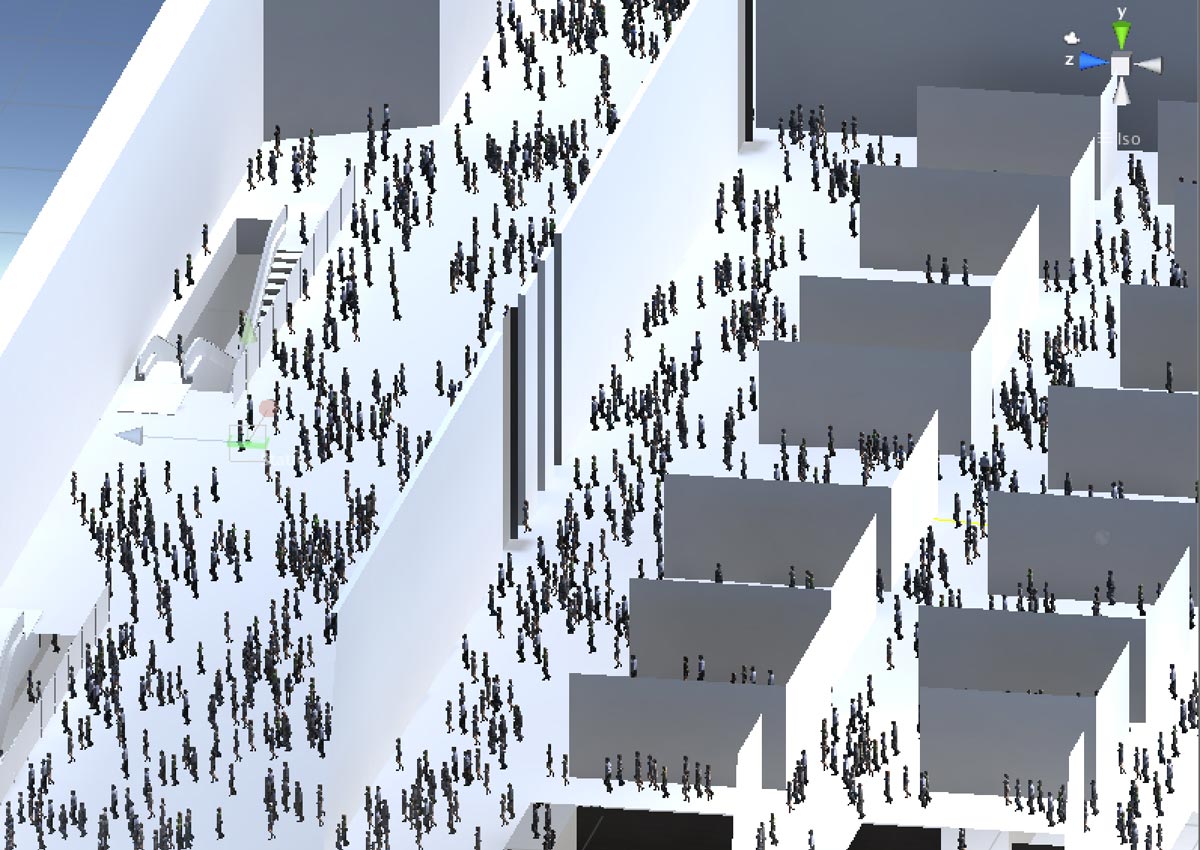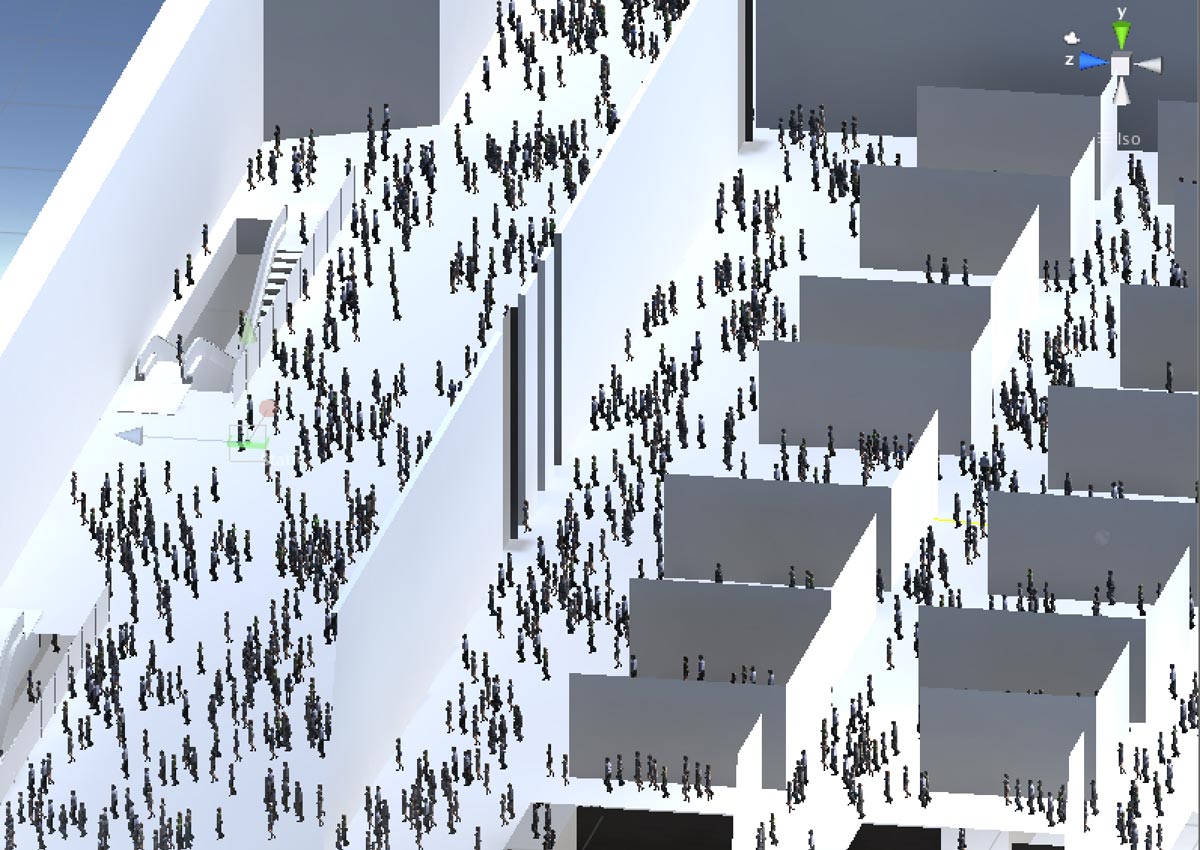On exhibition weekends, thousands of people throng a jam-packed Suntec City looking for bargains.
Computer scientists are now studying their movements in a bid to understand, and eventually predict, human behaviour to better manage crowds.
Using supercomputers, two scientists at the the Agency for Science, Technology and Research (A*Star) are crunching the data from Suntec Singapore Convention and Exhibition Centre in a study that could enhance public safety and comfort at large events.
Said scientist Qin Zheng, from A*Star’s Institute of High Performance Computing: “We will be able to predict the congestion hot spots. The staff will have some idea where they should go to help manage the crowd and improve efficiency.”
To achieve the outcome, Dr Qin and colleague Hu Nan have built a computer model to simulate how thousands of people move about in crowded spaces.
They, however, need lots of data to make the model as accurate as possible.
This is where Suntec Singapore came to the rescue, providing closed-circuit TV footage from a two-day IT show earlier this year which 110,000 people attended daily.
The scientists wrote a computer programme to automatically identify clusters of people in the footage and track their movements within a 3D model of the venue.
This is helping them adjust the simulation model for maximum accuracy.
They are also experimenting with 3D stereoscopic cameras to record what a real person sees and how he moves in a crowded place, in a quest to make the simulation of human behaviour even more realistic.
“There are many mathematical models… they can avoid collisions, they can lead the agents (humans) to their destinations. But do they reflect the actual way humans perceive and behave? As human beings we don’t calculate the actual velocity every 0.1 second,” said Dr Hu.
The visual and movement data is being fed into the computer, which uses it to “learn” how a person moves given different circumstances.
Dr Qin likened the computer’s learning process to a child accumulating experiences as he grows up over the years, and hopes the computer can reproduce some of the finer points of human behaviour.
For example, while young adults may be constantly on the move, actively avoiding other people, elderly people have a greater tendency to stop and give way to others.
But all this realism would be useless if the simulation ran slower than real time as it could not be used to predict the future.
To solve this challenge, the scientists are trying to split up the simulation into smaller chunks and make them run on multiple processors so that they move up to 100 times faster than real time.
Besides Suntec Singapore, the researchers are in talks to try out their technology at a major shopping mall here that they declined to name.
Dr Qin said shopping malls pose additional challenges, with more blind spots caused by obstructions.
Emergency situations such as fire evacuations or terror incidents are also a challenge, as people may behave differently and data is scarce, he added.
Suntec Singapore chief executive Arun Madhok said the research will help his team understand how crowds react and enhance its agility in responding to different scenarios, including emergencies.
He added: “This academic-industry collaboration… is an important step to bringing technology and innovation to a commercial application with clear benefits for both the business and public.”
linyc@sph.com.sg

This article was first published on Dec 27, 2016.
Get a copy of The Straits Times or go to straitstimes.com for more stories.







